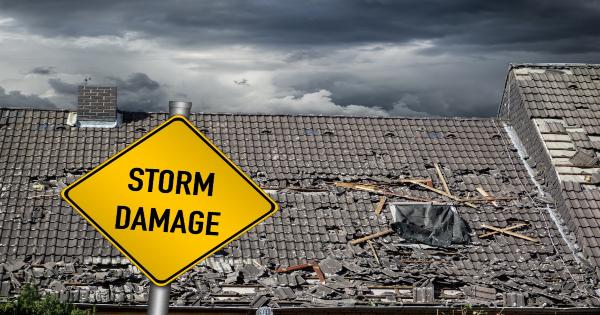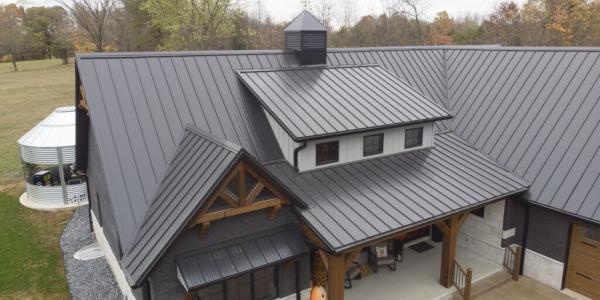A Slowing Market: Storms, Shortages, Uncertainty

By Gary Thill, International Roofing Expo.
A stormy combination threatens an already challenged market.
The industry is facing a stormy combination of heightened challenges as recent severe weather events, material shortages, and uncertainty surrounding the upcoming election coincide with a slowing market. The devastation left behind by the recent derecho in the midwest and Hurricane Laura in regions of Louisiana and Texas has aided in the worsening of existing material shortages, further exacerbating problems arising from the many factors contributing to market deceleration.
“The message I’m sending to everyone is that it’s coming,” said Trent Cotney, CEO of Cotney Construction Law and NRCA general counsel, of the coming slowdown. “All the economic indicators suggest it’s approaching quickly.”
Reports from the AGC showing sharp declines in nonresidential construction as well as job losses, jibe with those concerns. Cotney said the problem is that the commercial backlog of work that many roofers had been relying upon is quickly eroding, and he sees a similar scenario playing out in the residential market as government recovery funds dry up.
NRCA CEO Reid Ribble echoed those concerns. “I see a slowdown coming,” he said. “The whole economy is in a bit of trouble.” Ribble pointed to mounting hotel bankruptcies along with small business bankruptcies being at a 10 year high and growing layoffs at major companies. “There’s a cascade that’s going to start to happen because the COVID pandemic is nowhere near solved in this country,” he said. “Until there’s a vaccine, it’s going to be a problem.”
Material shortages are yet another pandemic-related problem. Earlier this spring, as commercial construction started dropping, manufacturers scaled back production by 10% or more, Cotney said, pointing a study showing how much the pandemic has affected productivity. As a result, key components such as fasteners can already be hard to come by and severe weather events are going to exacerbate the problem.
Lumber has already shot up 80% and Cotney said he anticipates shortages of plywood, OSB and shingles to prompt other price increases. Combining those shortages with existing weather events — and anticipated future ones — creates an even worse scenario. That’s because weather events often lead to distribution centers sending materials to those areas. As that continues happening, localized shortages can quickly become national, Cotney warned. “If we get one or two more big ones, people are really going to be scrambling” for materials, he said.
In a market with likely material price increases, contractors should protect themselves with price acceleration contract provisions that trigger automatic contract adjustments if prices rise more than 5%. “Those sentences can be the difference between losing all your net profit and keeping some on the table,” he said.
Noting that hurricane season has just begun, Cotney urged roofers to stock up now on essential materials and components. He also said roofers would be wise to beef up their service departments since customers may be more willing to pay for a smaller repair job than a full-blown roof replacement. “Contractors that diversify will do better than those that just do new construction,” he said.
Ribble added that a robust service department is key during weather events because it’s the first contact point with customers. “You want to get them dry and get them on the schedule,” he said. “But a lot of contractors don’t understand how important that initial service call is. How it’s handled in those early days will often determine whether you get the contract.”
Learn more about IRE in their RoofersCoffeeShop® Directory.
Original article source: IRE





















Comments
Leave a Reply
Have an account? Login to leave a comment!
Sign In